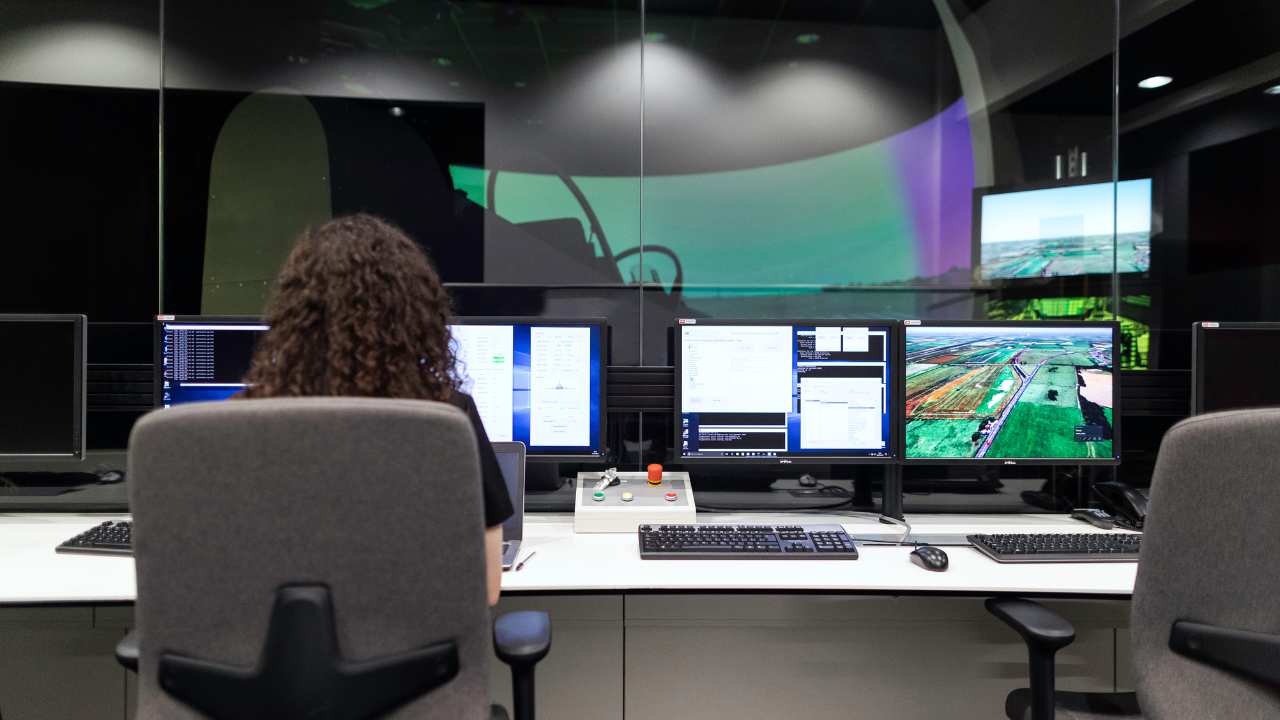2023 security trends_
Cyber security is on the rise. There are a number of benefits to deploying SOAR within your cyber-security division. Explore those benefits and challenges here.
‘SOAR’ stands for ‘security orchestration, automation, and response.’
SOAR is a workflow and automation system that streamlines your security and improves your defenses, by reducing human input. By facilitating the fusion of data and the relationship between multiple systems, SOAR provides cyber security professionals with guidance on new security risks, and their solutions.
AWS includes a number of solutions that help organizations to integrate SOAR within their cyber security division – whether that’s for identifying vulnerabilities, or safeguarding sensitive data. Regardless, the AWS Marketplace has the tools available to secure an entire Amazon Web Services (AWS) environment.
Although automation in cyber security has been around for decades, SOAR automations differ, because they rely on specialist dedicated tools that are designed to work with systems that are typically operating normally and as planned – to prepare for any unexpected risks that may not be thought of otherwise.
For instance, cyber-security tends to deal with systems that are behaving unexpectedly and/or deviating from their intended and/or authorized action – making it harder to mitigate, reduce, or stop.
Whereas, SOAR takes a ‘prevention’ approach.
SOAR tools are designed to enable cybersecurity professionals to construct automations designed to handle the unexpected – BEFORE they happen (making it easier to mitigate, reduce, or stop).

SOAR typically consists of these principles:
- Collect data from multiple systems effectively,
- Aggregate related data,
- Perform repeatable tasks on behalf of cyber professionals, and:
- Guide cyber security staff through complicated sequences and decision making.

In cyber security, the concept of ‘response’ is fairly complicated, and it’s slow in its approach.
For instance, with incident responses and incident handling, cyber security staff won’t always know immediately whether a perceived incident is a ‘real life’ incident or not.
They’d need to run an initial validation and verification to find out, BEFORE they start a response.

isn’t this too late?_
Exactly. Whereas SOAR provides cyber security staff with key assistance with uncertain signals, minimal initial clarity, the requirements for verification, the correlation of data from many systems, rapid response actions that may impact business operations, detailed analysis, and long-term remediation.
Also, SOAR reduces the human effort when it comes to performing tasks.

A SOAR workflow can be defined by ‘the modular actions that can be performed.’
The common workflow approach is to consider possible scenarios, before filling in details about what could be done, and what additional information could be useful in each scenario.
After running through a scenario with an automation tool, an analyst will most likely identify additional steps to perform. This information can be captured in the SOAR tool, and the workflow can then be updated for the next scenario.
This repetition and workflow enhancement cycle is both a benefit, and an objective of SOAR.

Quite often, an organization might lack the staff required to investigate each event that triggers an alert.
Therefore, reducing false positive alerts and prioritizing alerts is critical. Thankfully, there are many strategies and techniques involved to streamline this.
Use-case development and detection engineering are fundamental efforts used by cyber-security teams, because they enable the real alerts to notify staff when there is a real incident that needs addressing. This is typically done via a close collaboration between IT systems architects, administrators, and engineers – with additional input from risk management and audit teams – in order to set priorities.
Are you using SOAR within your organization? If not, we can help. Get in touch here.
